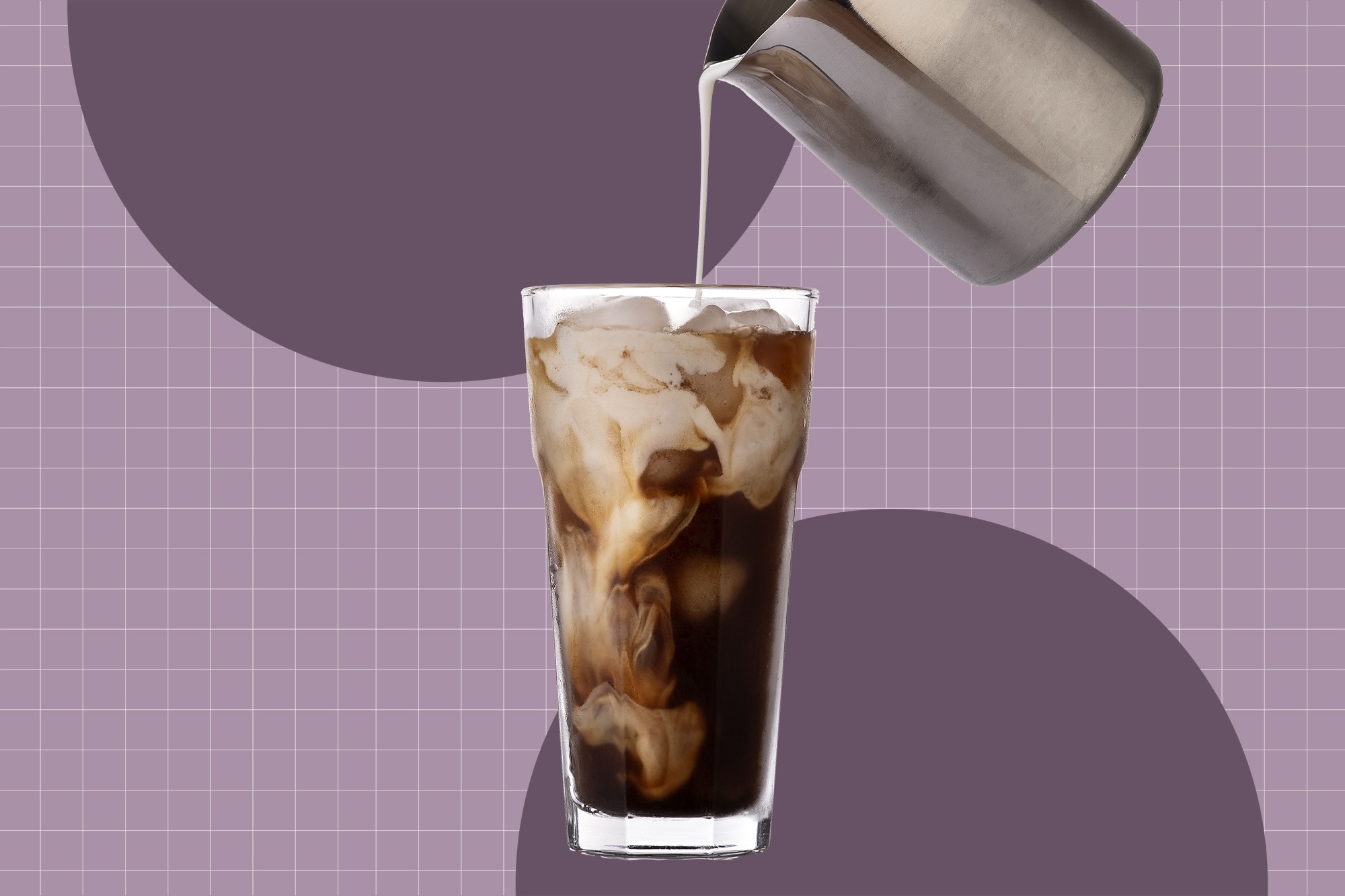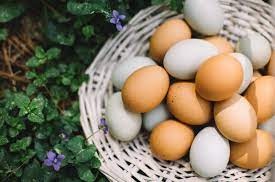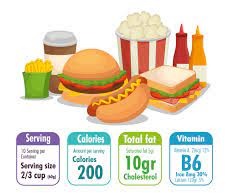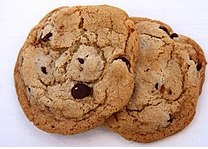What Is Half-and-Half?


It’s one of the typical suspects you encounter when browsing the dairy section of your neighborhood supermarket. Several recipes call for it, and it is frequently added to coffee. However, exactly what is half-and-half? What you should know is as follows.
Little containers of half and half are frequently seen on the shelves next to milk, heavy cream, and whipped cream in the dairy area of grocery stores. What is half and half, though, exactly? Does it have any other applications except making coffee? Continue reading to learn further uses for this dairy product besides coffee.
What is half-and-half?
Half and half is a mixture of whole milk and heavy cream that is thicker than milk but lighter than heavy cream. The dairy product was initially marketed in the United States in the 1920s by William A. Boutwell, proprietor of the Boutwell Dairy in Lake Worth Beach, Florida. Over time, half and half gained popularity and other dairy producers began making and offering it for sale.
Types of half-and-half
Low-fat and fat-free versions of half and half are available. 10.5% to 12% of regular half and half is fat. Half as much fat is in low-fat half-and-half as in regular. Half-and-half without fat contains a tenth as much fat as half-and-half with fat. Manufacturers may add thickeners like carrageenan to replicate the texture and flavor of half and half, and corn syrup may also be added to fat-free half and half to enhance flavor and texture.
The nutritional content of half-and-half
USDA states that one tablespoon of standard half-and-half has the following ingredients:
- Calories: 20
- Protein: 1 gram
- Fat: 2 grams
- Carbohydrates: 1 gram
- Calcium: 16 milligrams
- Magnesium: 2 milligrams
- Phosphorus: 14 milligrams
- Potassium: 20 milligrams
- Sodium: 9 milligrams
With 78% of its calories coming from fat, half-and-half has a high-fat content. The creamy mouthfeel is a result of the high-fat content. Dairy companies may use additives such as corn syrup to give low-fat and fat-free variations of their products a similar flavor and sensory experience to the original half-and-half for this reason.
As half-and-half is not vitamin D-fortified like milk, it is less helpful for preserving and enhancing bone health. You’ll probably also take it in lesser amounts—by the spoonful as opposed to the glass.
Can you boil half-and-half?
Half-and-half will separate and curdle if it is heated to a boil. In order to add half-and-half, you should cook your cuisine at low heat or away from the heating source. For example, add half-and-half as the final ingredient just before serving in soups and sauces.
Can you make whipped cream with half-and-half?
The milk fat globules that makeup whipped cream are encased in small air bubbles. Whipping cream requires at least a 30% to 35% fat level. With a fat content of 10.5% to 12%, half-and-half cannot be whipped.
Homogenization, in which the fat droplets are emulsified to prevent the separation of the milk and cream, may also have been used to create half-and-half. The cream’s fat globules disintegrate into more compact structures as a result of this process. No matter how quickly you whisk, this half-and-half won’t form whipped cream because smaller globules do not adhere properly to one another.
Carrageenan may be used to thicken low-fat, fat-free, and even light cream, but when these products are whisked, the resulting foam lacks the rich, airy consistency of whipped cream.
Uses for half-and-half
Half-and-half can be used in a variety of ways in your favorite dishes. Along with using it in coffee, half-and-half can be added to mashed potatoes to give them a creamier texture than milk, to soups like our crab bisque, to pasta sauces like our spaghetti with asparagus and shrimp, or to quiches like our spinach and mushroom quiche.
With the exception of recipes that call for whipping cream, using half-and-half in your recipe also enables you to swap out milk or cream to achieve the ideal balance. Half-&-half can be the answer if a recipe calls for cream but you prefer a lighter texture, or if a dish calls for milk but you want a richer flavor and texture.
Substitutes for half-and-half
You may simply make your own version at home if you don’t have half-and-half. There are numerous methods:
Whole milk and heavy cream
To make half-&-half with the same consistency as store-bought half-&-half, combine 1/4 cup heavy cream with 3/4 cup whole milk. Use whole milk and heavy cream in an equal ratio for a slightly creamier texture.
Whole milk and melted butter
One to two tablespoons of melted butter should be added to one cup of whole milk.
Evaporated Milk
Milk that has had 60% of its water content evaporated is milk that has been condensed. A 1-to-1 swap can be made even though half-and-half could have a somewhat thicker consistency than evaporated milk.
Sour cream or yogurt
Although they might have a tangier flavor, these items are nonetheless excellent half-and-half substitutes. The use of sour cream and yogurt in hot soups and sauces may not be the best idea either, since the heat may cause the two ingredients to separate and give the dish a gritty feel.
Nondairy alternatives
Are you looking for a dairy-free product because you’re lactose intolerant or just generally? Products for half-and-half without dairy are available. For instance, Silk offers a dairy-free substitute made from oat milk and coconut milk.
How to store half-and-half
Half-and-half, like other dairy products, should be stored in the refrigerator, with the exception of shelf-stable half-and-half in miniature cups that do not need to be refrigerated. After purchasing half-&-half, the USDA Foodkeeper app advises using it within three to four days.
You can freeze half-&-half because you probably won’t need a lot of it in your cooking. When something is frozen, the molecules’ structures could alter, giving the frozen item a distinct texture and flavor when it is thawed. As a result, while thawed half-&-half may not be the best option for creamy desserts, it can be used in coffee. You have four months to use it if it is frozen.
Even though it has beyond its best-by date, your half & half may occasionally need to be thrown out if it smells off.
Half-and-half creamer
Half-and-half is a dairy product that is commonly used as a coffee creamer or as an ingredient in various recipes. It is a blend of equal parts of whole milk and heavy cream, which gives it a rich and creamy texture with a slightly sweet taste.
The name “half-and-half” comes from the fact that it is a mixture of two dairy products that have different fat content. Whole milk contains around 3.25% fat, while heavy cream contains around 36% fat. By blending these two products in equal parts, you get a dairy product that has a fat content of around 20%.
Half-and-half is often used as a substitute for cream in recipes that require a lighter touch. It is a popular ingredient in sauces, soups, and desserts, as it adds a rich and creamy flavor without making the dish too heavy. In addition, it is commonly used as a coffee creamer, as it lightens the color of coffee and adds a creamy texture and slightly sweet taste.
Half-and-half is widely available in grocery stores and is sold in cartons or plastic containers. It is important to note that half-and-half should be used within a few days of opening to ensure its freshness and prevent spoilage. If left too long, it may sour or develop a sour taste, which can spoil the flavor of the dish or drink it is used in.
Overall, half-and-half is a versatile and popular dairy product that is commonly used in cooking and as a coffee creamer. Its rich and creamy texture and slightly sweet taste make it a great addition to many recipes and drinks.
Bottom line
A frequent component used in many recipes is half and half. It provides a creamy texture that is evenly distributed between milk and heavy cream. You may also easily swap out half & half with your homemade version if you don’t have any on hand.



